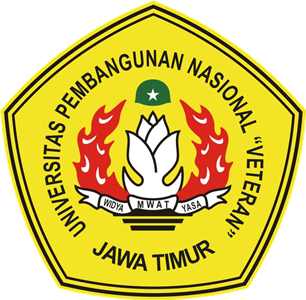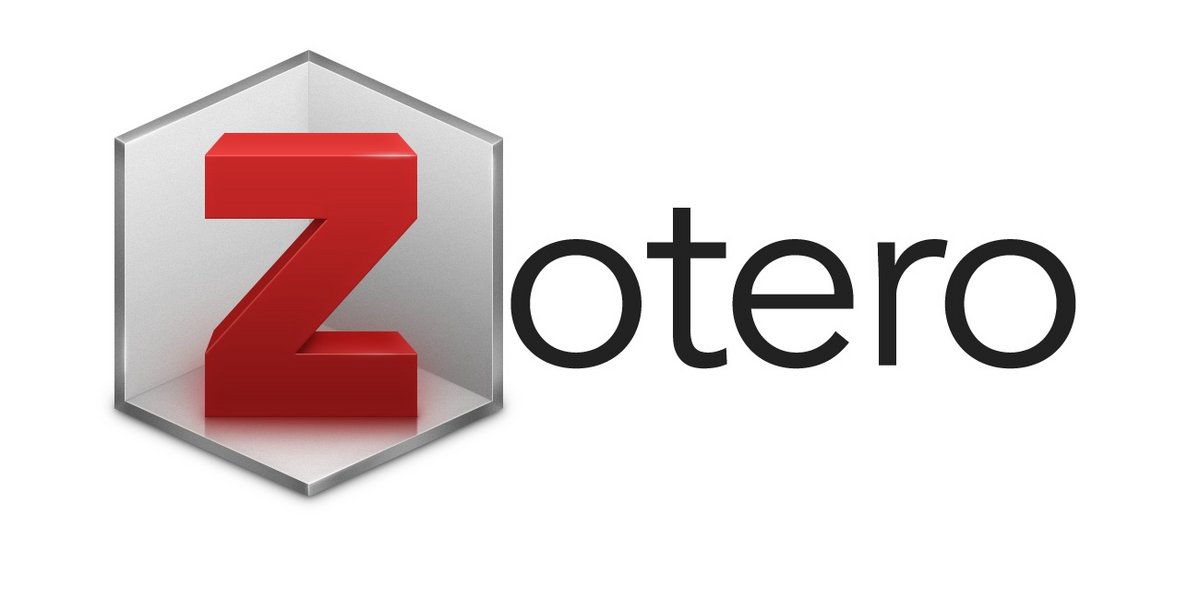THE STUDY OF FACADE TYPOLOGY IN WAYANG KEKAYON MUSEUM YOGYAKARTA BY CENTRAL JAVA VERNACULAR ARCHITECTURE APPROACH
DOI:
https://doi.org/10.33005/border.v2i2.77Keywords:
facade, typology, vernacular, wayang kekayon yogyakarta museumAbstract
Yogyakarta Kekayon Wayang Museum is a place or facility to exhibit the types and forms of puppets from various regions, both domestic and foreign, such as wayang kuli, wayang golek, wayang klitik, wayang kaper, wayang beber, wayang potehi, paintings, gamelan and other puppet equipments. The Yogyakarta Kekayon Wayang Museum has several activities that visitors can participate in, such as wayang-making workshops, watching films, and puppet shows or performances. The design of the Kekayon Wayang Museum building especially in facade design has an important role in the building. The facade has the function of assessing a building using what kind of concept without having to enter the building. Through a qualitative
descriptiye method, which is describing the state of the object of Yogyakarta Kekayon Wayang Museum based on visible fact and what it is. The explanation of the facade uses Central Javanese Vernacular Architecture combined with vernacular architecture. From teh research results, there were several
conclusions. The facade concept contained in the Yogyakata Kekayon Wayang Museum had a concept that contained vernacular elements in Central Java with the dominant use of a roof named Joglo.

















